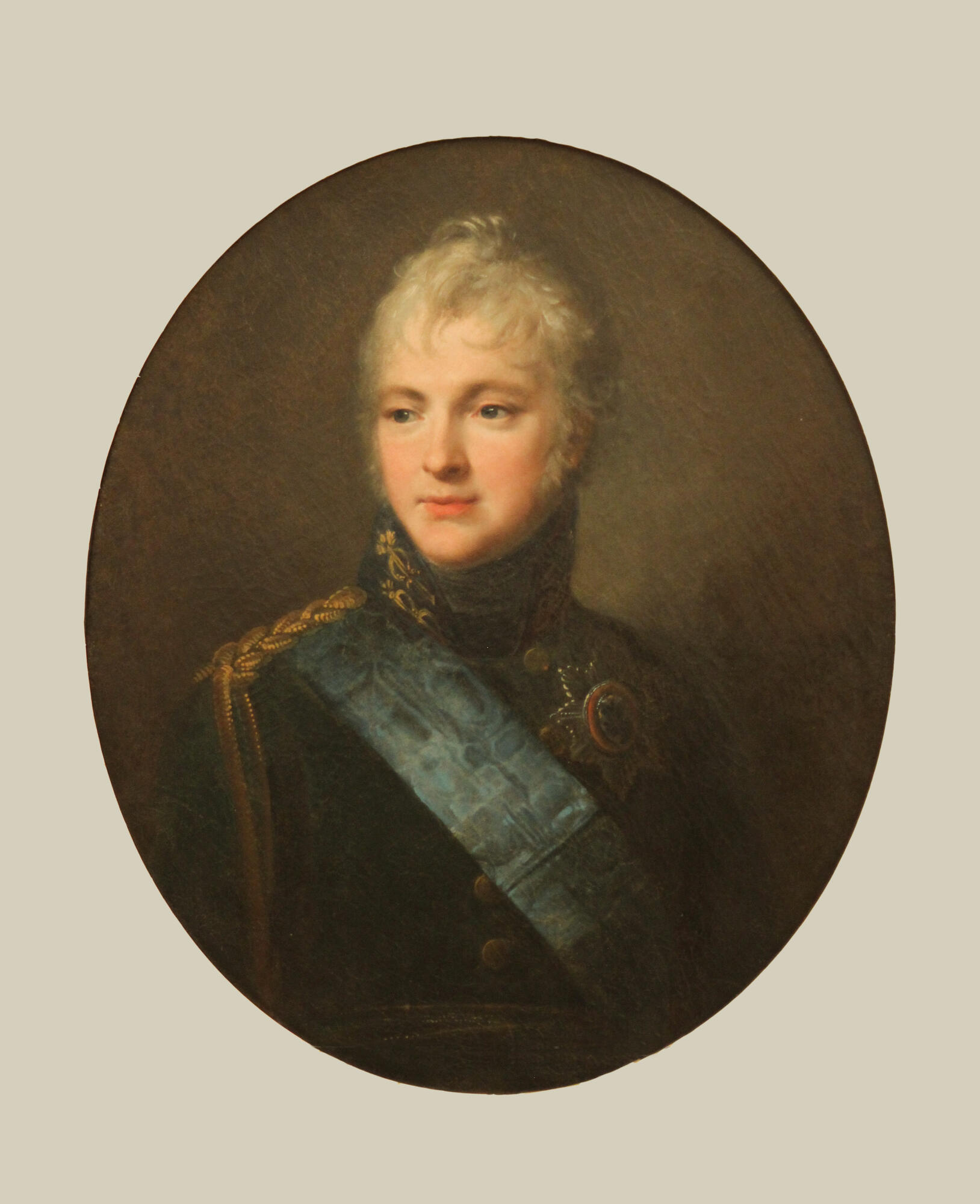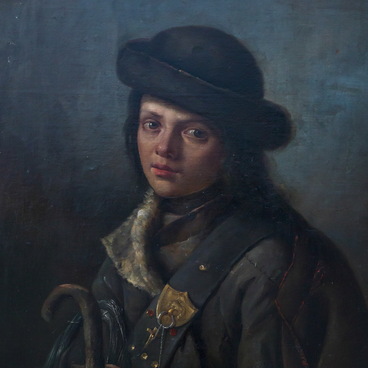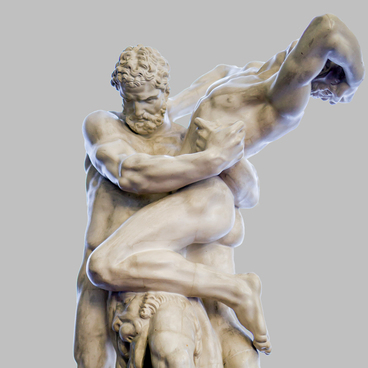The portrait of the young, newly crowned Emperor Alexander I was painted by the English artist John Augustus Atkinson. The painter depicted the emperor in the way the latter was described in Alexander Pushkin’s poem — “the days of Alexander’s great start.” The emperor’s face is turned to the light — this symbolizes the bright and happy future of the country.
Alexander I became the Emperor of All Russia after the death of his father, Emperor Paul I, who was killed by conspirators. Alexander knew about the plan, but had little interest in the matters of inheriting the throne. From an early age, he sought to avoid becoming a ruler and “pass his days in peace in a modest house.”
Alexander I was the favorite of Empress Catherine the Great. The handsome and liberal young man ascended the throne at the age of 24. He ruled for the same number of years, and later he became known as “The Blessed.”
Alexander I of Russia was famous for his support of humanism and freedom: he pardoned thousands of inmates, abolished the Secret Chancellery, supported the development of science and launched a project to abolish serfdom. During his reign, there were lengthy wars against Persia, Turkey, England, Sweden, as well as the Patriotic War of 1812. Alexander I defeated Napoleon, who mentioned his Russian counterpart as “the inventive Byzantine”, and brought Russian troops to Paris.
The portrait of Alexander I faithfully reflects his era. That was a time of hope, youth and the supremacy of the new emperor’s liberal ideas. His face looks attractive, fresh and full of charm. His uniform and orders create the image of a sovereign who is ready to do everything to make the life of his subjects better. The artist features Alexander’s best qualities using a fine painting technique that is called the glaze.
The English artist John Augustus Atkinson was the same age as Alexander I. The painter moved to Saint Petersburg at the age of nine with his stepfather James Walker, who was hired as a court engraver. John Atkinson worked during the reign of three sovereigns — Catherine II, Paul I, and Alexander I. The artist left a number of authentic paintings with views of Saint Petersburg at the beginning of the 19th century, as well as portraits of emperors and genre works. Among his significant paintings are “Portrait of Paul I on Horseback”, “Baptism of Russia”, “Mamai’s Defeat”, and “Portrait of Alexander Suvorov.”
In 1803–1804, John Atkinson published one hundred prints based on his drawings of Russian life and costumes. The works depicting the details of everyday Russian life were published many times and contributed to popularizing Russia in Europe.
Alexander I became the Emperor of All Russia after the death of his father, Emperor Paul I, who was killed by conspirators. Alexander knew about the plan, but had little interest in the matters of inheriting the throne. From an early age, he sought to avoid becoming a ruler and “pass his days in peace in a modest house.”
Alexander I was the favorite of Empress Catherine the Great. The handsome and liberal young man ascended the throne at the age of 24. He ruled for the same number of years, and later he became known as “The Blessed.”
Alexander I of Russia was famous for his support of humanism and freedom: he pardoned thousands of inmates, abolished the Secret Chancellery, supported the development of science and launched a project to abolish serfdom. During his reign, there were lengthy wars against Persia, Turkey, England, Sweden, as well as the Patriotic War of 1812. Alexander I defeated Napoleon, who mentioned his Russian counterpart as “the inventive Byzantine”, and brought Russian troops to Paris.
The portrait of Alexander I faithfully reflects his era. That was a time of hope, youth and the supremacy of the new emperor’s liberal ideas. His face looks attractive, fresh and full of charm. His uniform and orders create the image of a sovereign who is ready to do everything to make the life of his subjects better. The artist features Alexander’s best qualities using a fine painting technique that is called the glaze.
The English artist John Augustus Atkinson was the same age as Alexander I. The painter moved to Saint Petersburg at the age of nine with his stepfather James Walker, who was hired as a court engraver. John Atkinson worked during the reign of three sovereigns — Catherine II, Paul I, and Alexander I. The artist left a number of authentic paintings with views of Saint Petersburg at the beginning of the 19th century, as well as portraits of emperors and genre works. Among his significant paintings are “Portrait of Paul I on Horseback”, “Baptism of Russia”, “Mamai’s Defeat”, and “Portrait of Alexander Suvorov.”
In 1803–1804, John Atkinson published one hundred prints based on his drawings of Russian life and costumes. The works depicting the details of everyday Russian life were published many times and contributed to popularizing Russia in Europe.




